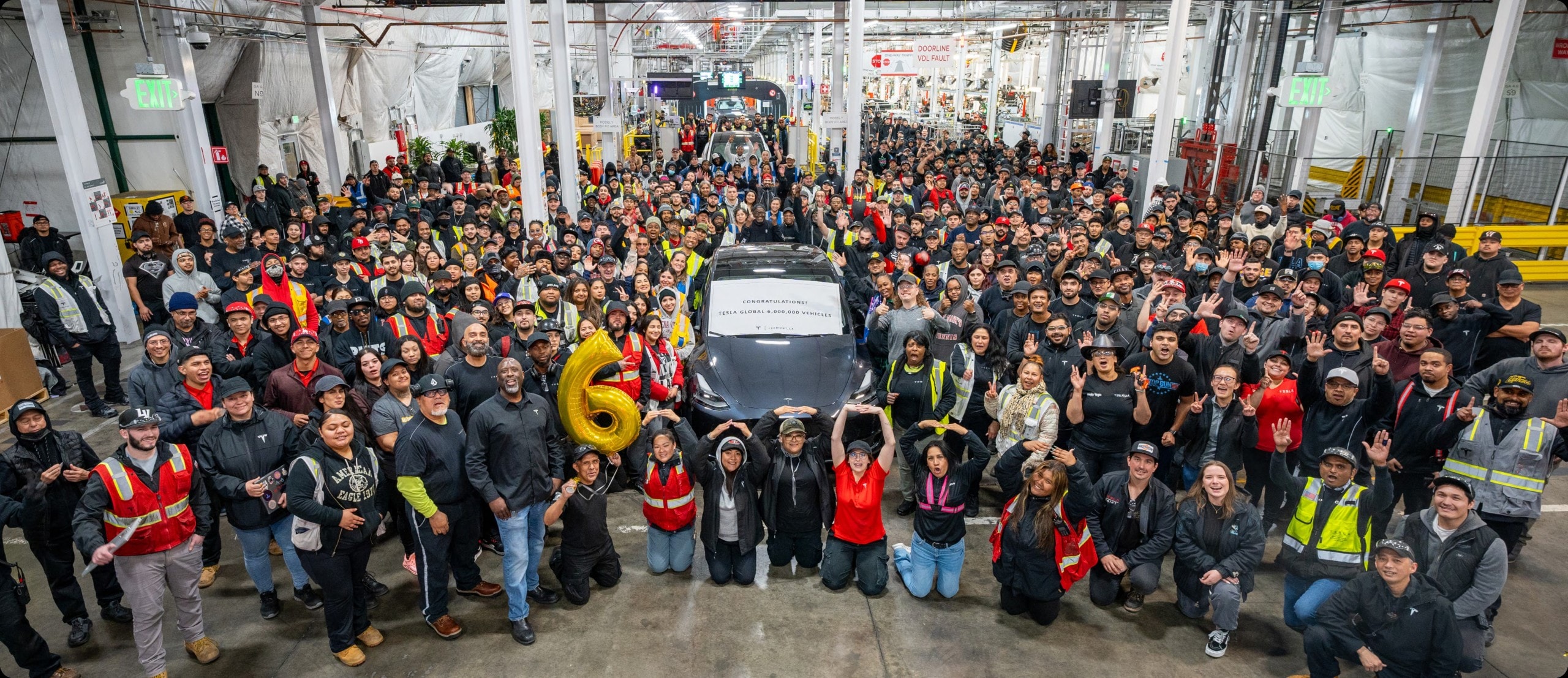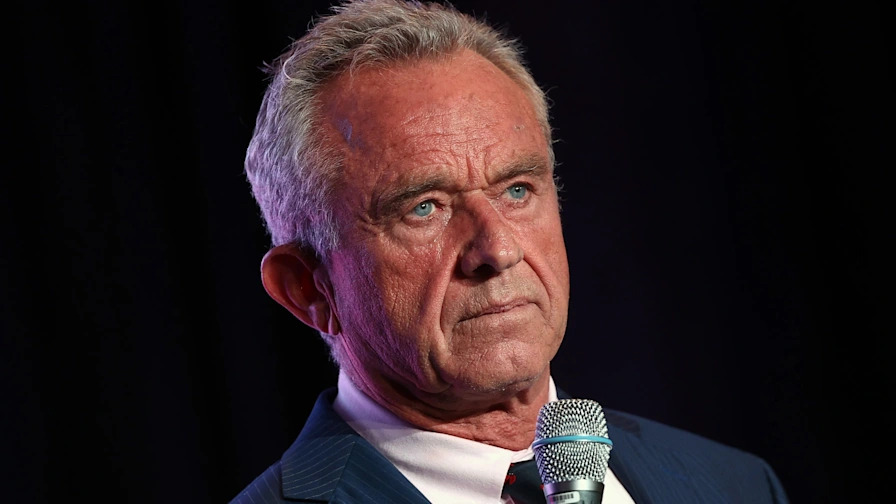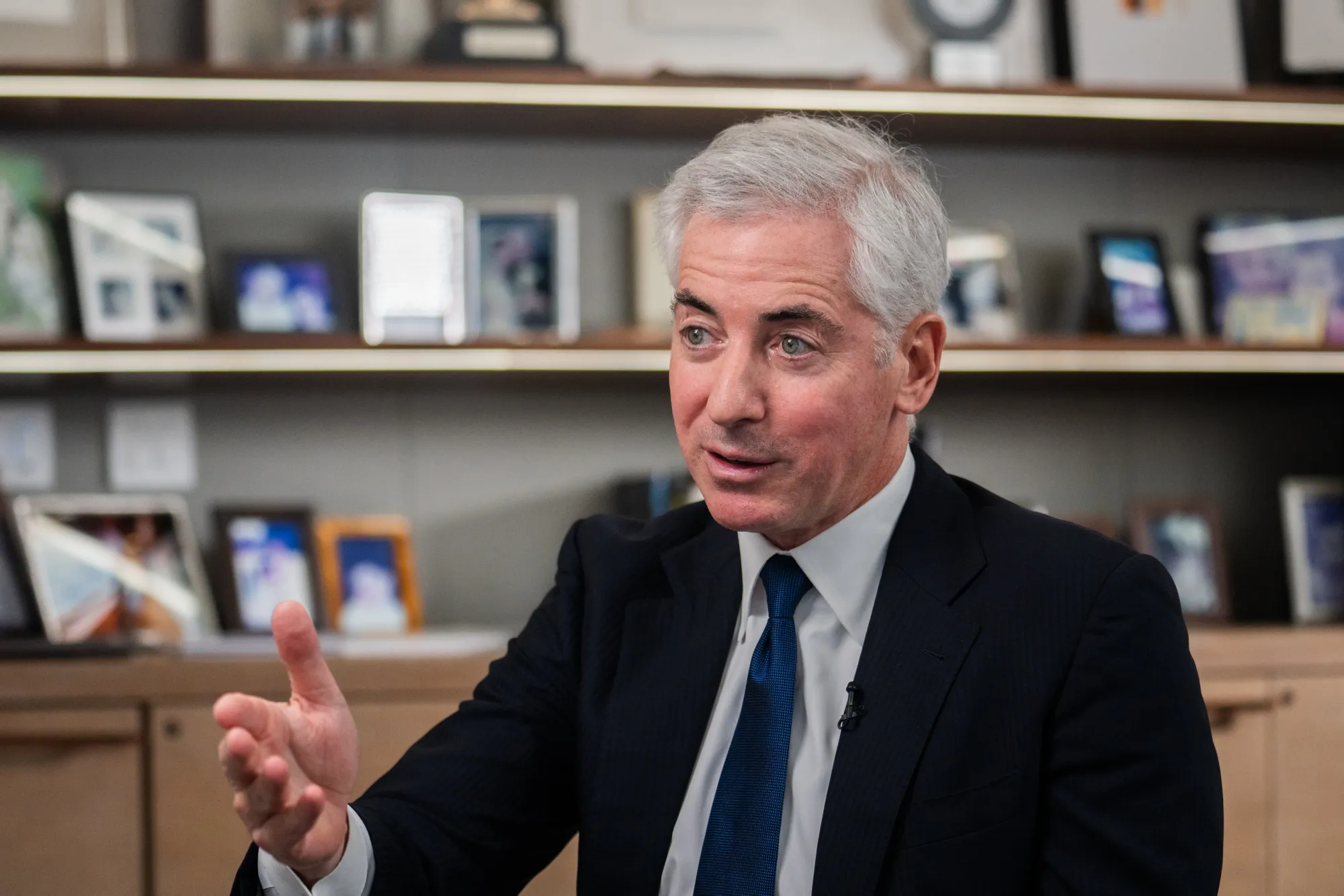EV Mandates Face Renewed Opposition From Car Dealers

Table of Contents
- Financial Concerns and Infrastructure Gaps
- Impact on Dealer Profit Margins
- Lack of Consumer Demand and Market Readiness
- Training and Workforce Challenges
- Specialized Training Requirements
- Resistance to Change and Adapting Business Models
- Government Policy and Regulatory Hurdles
- Concerns about Mandate Implementation and Support
- Uncertainty surrounding future regulations
- Conclusion
Financial Concerns and Infrastructure Gaps
The financial implications of EV mandates are a major source of concern for car dealers. The transition to an electric-dominated market presents significant challenges to their existing business models and profitability.
Impact on Dealer Profit Margins
EV sales often have lower profit margins compared to gasoline-powered vehicles. This is due to several factors:
- Reduced service revenue: EVs have fewer moving parts, leading to less frequent and less expensive maintenance compared to internal combustion engine (ICE) vehicles. This directly impacts the revenue stream dealers rely on for service and repairs.
- Higher upfront investment: Dealerships need to invest in specialized tools, equipment, and training to service and repair EVs. This represents a significant upfront cost that can strain their budgets. The cost of installing fast chargers and maintaining them also adds to the financial burden.
- Inventory management challenges: Balancing inventory between EVs and ICE vehicles is complex. Incorrect estimations of consumer demand can lead to unsold EV inventory and increased holding costs. This further impacts the bottom line.
Lack of Consumer Demand and Market Readiness
Many dealers argue that the current market isn't ready for widespread EV adoption. Several factors contribute to this viewpoint:
- Range anxiety: Concerns about the driving range of EVs and the availability of charging stations remain a significant barrier for many potential buyers. This uncertainty impacts sales volume and dealer profitability.
- High initial cost: The higher purchase price of EVs compared to comparable gasoline cars presents a considerable obstacle for many consumers. Government incentives can help, but aren't always sufficient to overcome this hurdle.
- Charging infrastructure limitations: The lack of widespread, reliable, and convenient public charging infrastructure in many areas continues to hinder EV adoption. This inhibits consumer confidence and ultimately affects dealer sales.
Training and Workforce Challenges
The successful transition to EVs requires significant investment in training and workforce development for car dealerships. The specialized skills needed to service and repair EVs pose significant challenges.
Specialized Training Requirements
EVs require specialized knowledge and tools for maintenance and repair, unlike traditional vehicles.
- Technician training: Dealerships need to invest in comprehensive training programs for their technicians to equip them with the necessary skills to work on EV technology. This involves both theoretical and practical training, which is costly and time-consuming.
- Equipment investment: Specialized tools and diagnostic equipment are required to service EVs effectively. This adds significantly to the operational costs for dealerships.
- Skilled labor shortage: There is already a shortage of skilled automotive technicians, and the demand for EV-trained technicians is only increasing. Finding and retaining qualified personnel is a growing concern.
Resistance to Change and Adapting Business Models
The shift to EVs requires a fundamental change in the way dealerships operate, and this change is not always embraced readily.
- Business model disruption: Dealerships' traditional business models heavily rely on parts and service revenue from ICE vehicles. The reduced maintenance needs of EVs disrupt this model, forcing dealers to adapt their strategies and services.
- Investment hesitancy: Some dealerships lack the financial resources or the willingness to invest in the necessary infrastructure and training to effectively service EVs.
- Lack of clear roadmap: The lack of a clear and consistent roadmap from manufacturers and governments regarding EV technology and future regulations adds to the uncertainty and reluctance to change.
Government Policy and Regulatory Hurdles
Government policies and regulations play a crucial role in shaping the transition to EVs. However, the current regulatory environment has created uncertainty and concerns for many car dealers.
Concerns about Mandate Implementation and Support
Dealers are concerned about the speed and practicality of EV mandate implementation.
- Insufficient government support: Dealers are calling for increased government incentives and support to help them cover the costs associated with transitioning to EV infrastructure and training. This includes financial assistance, tax breaks, and grants.
- Lack of clear guidelines: Clearer guidelines and sufficient lead time are needed to allow dealerships to prepare adequately for the mandated changes. Unclear regulations hinder effective planning.
- Phased implementation: A gradual, phased approach to EV mandates would allow dealers to adapt more effectively and minimize the risk of significant financial losses.
Uncertainty surrounding future regulations
The rapidly evolving nature of EV technology and regulations contributes to uncertainty among dealers.
- Regulatory instability: Frequent changes in emission standards, charging infrastructure requirements, and vehicle technology create risks and make long-term planning difficult.
- Investment risk: Uncertainties in future regulations discourage dealerships from making large investments in EV infrastructure and training, fearing these investments might become obsolete quickly.
- Predictability needed: Dealers require greater stability and predictability in government policies to make informed investment decisions and plan for the future.
Conclusion
The opposition to EV mandates from car dealers underscores the complex challenges in transitioning to an electric future. Financial concerns, infrastructure gaps, workforce training needs, and regulatory uncertainties are significant hurdles. Addressing these concerns effectively through open dialogue, collaboration, and well-defined policies is crucial for a smooth and successful transition. Failure to address these issues risks hindering the progress towards a cleaner transportation system. Therefore, collaborative solutions and realistic implementation strategies are vital to overcome the resistance and foster a successful shift towards a future powered by sustainable transportation and effective EV mandates and related policies.

 Dubai Dice Adios A Paolini Y Pegula En El Wta 1000
Dubai Dice Adios A Paolini Y Pegula En El Wta 1000
 Ariana Grandes Transformation The Role Of Professional Hair And Tattoo Artists
Ariana Grandes Transformation The Role Of Professional Hair And Tattoo Artists
 Analyzing The Dax Political And Economic Factors At Play
Analyzing The Dax Political And Economic Factors At Play
 Controversy Erupts Hhs Appoints Vaccine Skeptic David Geier
Controversy Erupts Hhs Appoints Vaccine Skeptic David Geier
 Us China Trade War Bill Ackmans Assessment Of Times Impact
Us China Trade War Bill Ackmans Assessment Of Times Impact
 1
1
 2 0 76
2 0 76
 76 2 0
76 2 0
 The Night Inter Milan Defeated Barcelona To Reach The Champions League Final
The Night Inter Milan Defeated Barcelona To Reach The Champions League Final
 Inter Vs Barcelona Champions League Final Classic Revisited
Inter Vs Barcelona Champions League Final Classic Revisited
